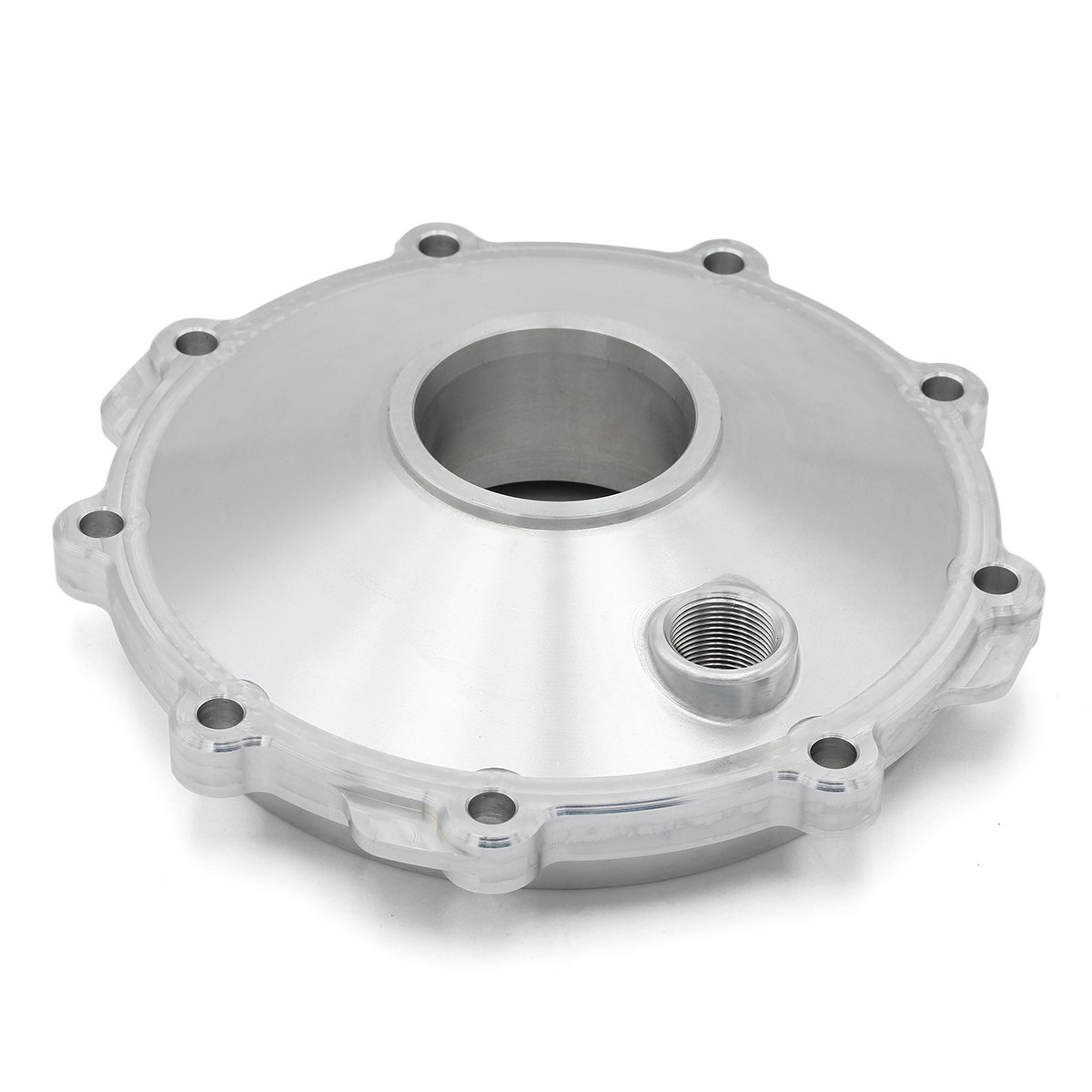What is Aluminum Milling?
Aluminum milling is a subtractive manufacturing process that uses computer numerical control (CNC) machines to remove Material from aluminum workpieces with rotating cutting tools. This process achieves precision tolerances as tight as ±0.001 inches (0.025 mm) and surface finishes as smooth as Ra 0.8 μm. Modern CNC mills can operate at spindle speeds up to 30,000 RPM with feed rates reaching 1,000 inches per minute (25.4 m/min), enabling both high-precision and high-volume production.
Key characteristics of aluminum milling include:
Material Versatility: Processes all aluminum grades from 1100 (99% pure) to 7075 (high-strength aerospace alloy) with hardness ranging from 15 to 150 HB
Thermal Conductivity: Aluminum's 205 W/m·K conductivity requires specialized cooling strategies
Chip Formation: Produces continuous chips at 0.1-0.5 mm/chip thickness, requiring proper evacuation

Technical Specifications
Precision Capabilities
Modern 5-axis CNC mills achieve positional accuracy of ±0.0002 inches (5 μm) with repeatability of ±0.0001 inches (2.5 μm). High-speed machining centers maintain these tolerances while cutting at 500-800 SFM (152-244 m/min) for aluminum alloys.
Surface Finish Parameters
Through optimized tool paths and cutting parameters, aluminum milling can achieve:
Standard finish: Ra 3.2-6.3 μm (as-machined)
Fine finish: Ra 0.8-1.6 μm (with polished tools)
Mirror finish: Ra 0.1-0.4 μm (with diamond tooling)
Production Efficiency
CNC aluminum milling demonstrates remarkable productivity metrics:
Material removal rates up to 50 in³/min (819 cm³/min) for roughing operations
Tool life of 100-300 minutes of cutting time per carbide end mill
Setup-to-first-part times as low as 15 minutes for repeat jobs
Application Scenarios
Aerospace Components
The aerospace industry utilizes aluminum milling for structural components with weight savings of 30-40% compared to steel. Typical applications include wing ribs (machined from 7075-T6 with ultimate tensile strength of 74 ksi/510 MPa) and landing gear parts requiring fatigue life exceeding 100,000 cycles.
Automotive Parts
High-volume production of transmission housings (typically 356-T6 aluminum) achieves wall thicknesses down to 2.5 mm with dimensional stability maintained across ±0.05 mm tolerances. Engine blocks benefit from aluminum's 0.0000223/°C thermal expansion coefficient during thermal cycling.
Electronics Enclosures
CNC-milled aluminum enclosures provide EMI shielding effectiveness of 60-100 dB at frequencies up to 1 GHz. Heat sinks achieve thermal resistance values below 0.5 °C/W through optimized fin geometries with 0.5-2 mm fin spacing.
Medical Devices
Surgical instrument components maintain ISO 13485 standards with surface roughness below Ra 0.4 μm to prevent bacterial adhesion. Implant trial components are machined from biocompatible 6061-T6 with 0.1 mm feature accuracy.
Maintenance Procedures
Machine Tool Maintenance
Proper CNC mill maintenance ensures consistent performance:
Way Lubrication: Apply way oil with viscosity of ISO VG 68 every 8 operating hours
Ball Screw Inspection: Check for backlash exceeding 0.003 inches (0.076 mm) quarterly
Spindle Runout: Verify remains below 0.0002 inches (5 μm) during annual maintenance
Cutting Tool Management
Optimize tool performance through:
Tool Life Monitoring: Replace carbide end mills after 90-120 minutes of cutting time or when flank wear reaches 0.3 mm
Coolant Maintenance: Maintain coolant concentration at 5-10% with pH between 8.3-9.2
Tool Holder Balancing: Ensure balance quality grade better than G2.5 at operating RPM
Workholding System Care
Maintain precision clamping systems:
Clean vise jaws weekly with non-chlorinated solvent
Check hydraulic fixture pressure remains at 1,000-1,500 psi (69-103 bar)
Inspect vacuum chucks for leaks exceeding 5 inHg (17 kPa) per minute
Preventive Maintenance Schedule
Recommended maintenance intervals:
Daily: Chip removal, way lubrication check, coolant level inspection
Weekly: Ball screw cleaning, tool holder inspection, air filter replacement
Monthly: Spindle lubrication, axis alignment verification, coolant replacement
Annually: Full machine calibration, servo motor inspection, control system diagnostics





 English
English

